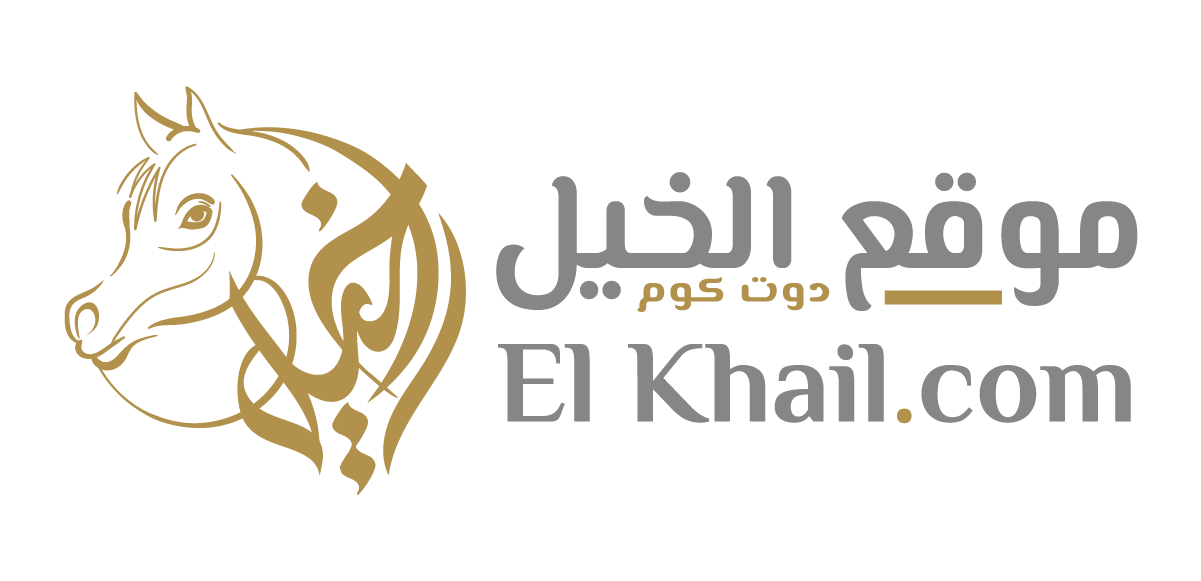Sultan Ibn Qalawun surpassed all the Mamluk sultans in the love and love of horses and his care for them, so he did not hesitate to pay money to buy any thoroughbred horse. As we mentioned, he bought the famous mare “Al-Qurta” for 64,000 dinars in gold, which is an example of the extent of the generosity of Sultan Ibn Qalawun with the Arabs of the Muhanna family, and his strong fondness for acquiring horses. , in the year 715 AH / 1315 AD, and its price was one hundred thousand dirhams, and a meager amount of eighty thousand dirhams.
His goal was to make Egypt a regional center for purebred Arabian horses, as it was during the reign of Thutmose III. He collected the most beautiful and generous horses of Najd, Al-Ahsa, Qatif and Iraq, which were later called Egyptian horses; That is why he used to honor the Arabs, give them the desires for their horses, and exaggerate their prices. If the Arabs heard about a horse with a Bedouin, they took it from him with the most valuable values, and took from the sultan what they paid for it.

In each of the Arab sects, he had an eye that indicated to him who had a previous or purebred Persian; Until he takes it with more than the price of its owner, so the Arabs were able to do so from him, and they attained the lofty status, and they enjoyed all kinds of happiness in his days.
Al-Nasir bin Qalawun was interested in establishing stables and great racetracks, and assigned a team of skilled Bedouins to train and care for horses, and made special records in which everything was meticulously recorded, and he personally supervised the birth of foals.
Sultan Al-Nasir bin Qalawun followed in the same footsteps of the Fatimids in the stables management model, where he adopted the Turkish stables management system, established a bureau for the stables, and worked for it as a overseer, witnesses and clerks to control the names of the horses, their sheep, their arrival times, the names of their owners, their price, knowledge of their politicians, and other things. her conditions.
He was still inspecting the horses, and if a mare was hit by them or they got old, he sent them with one of the oaks to the stables of the Jashar. He was also following the process of mating marees, choosing the appropriate horse for her, and ordering to set the date of the estrangement, so many horses bred with him, until they sang him about bringing others. And camels, so the number of horses he left behind at his death was about seven thousand.





